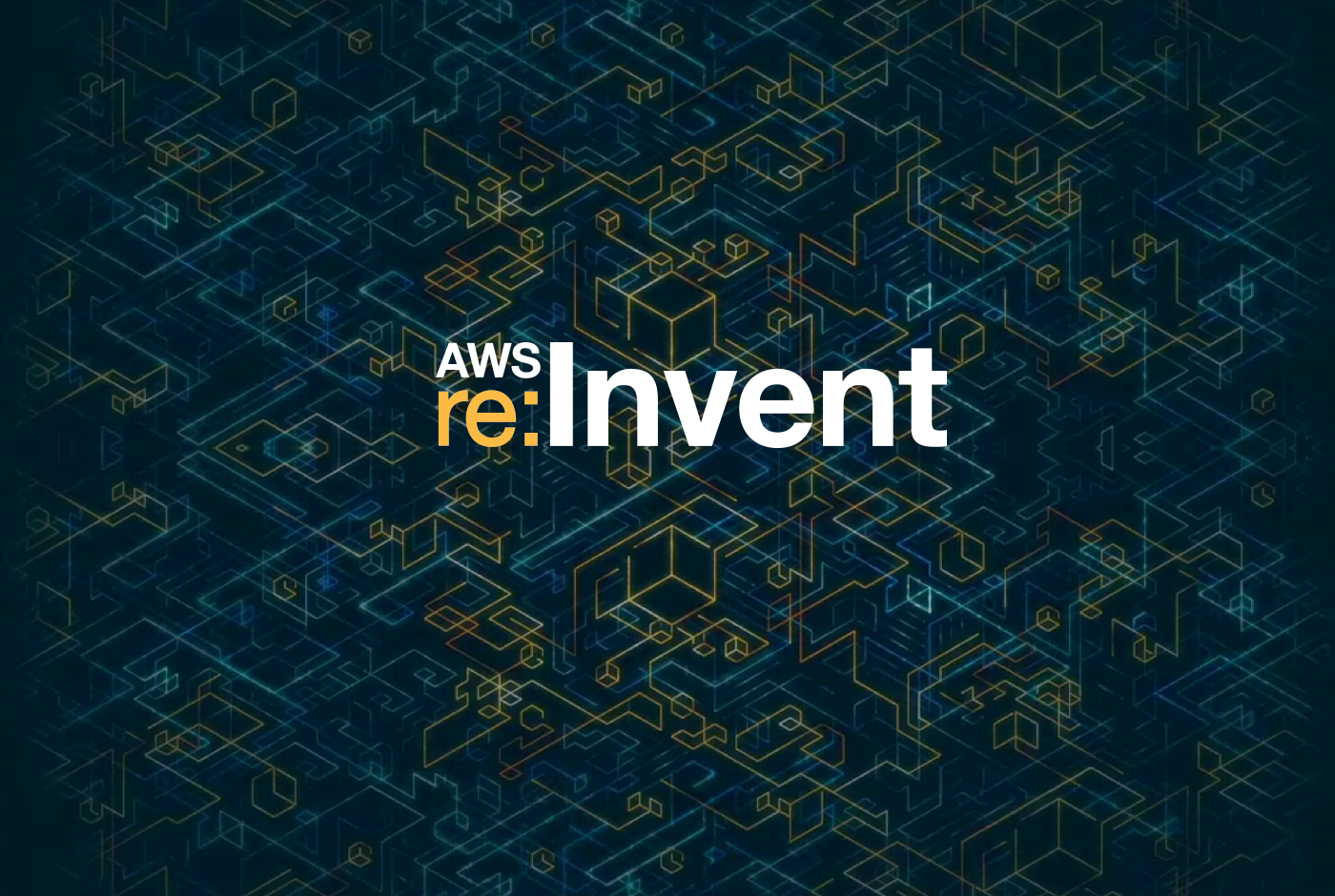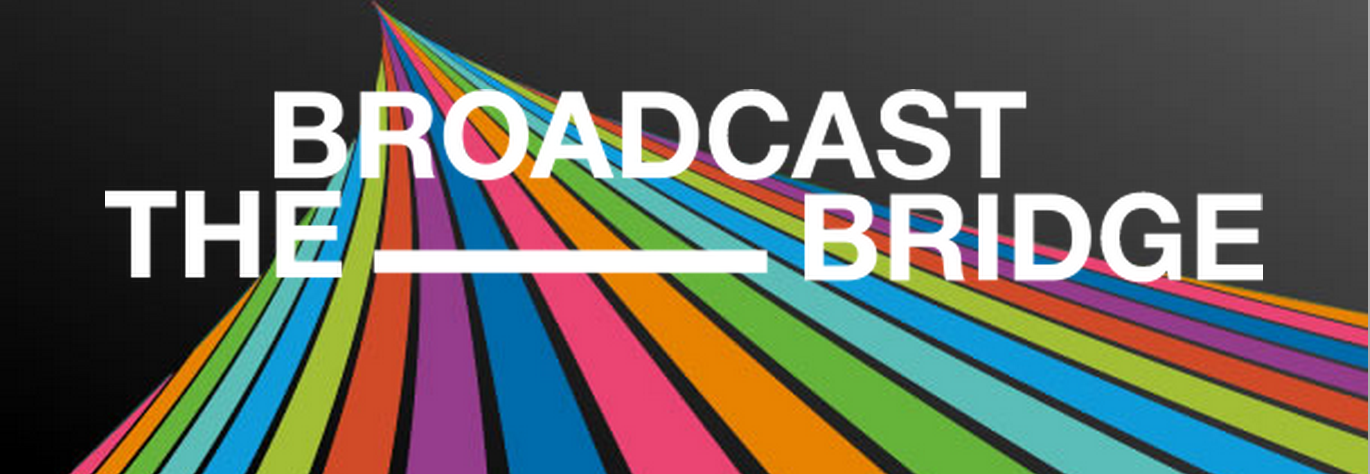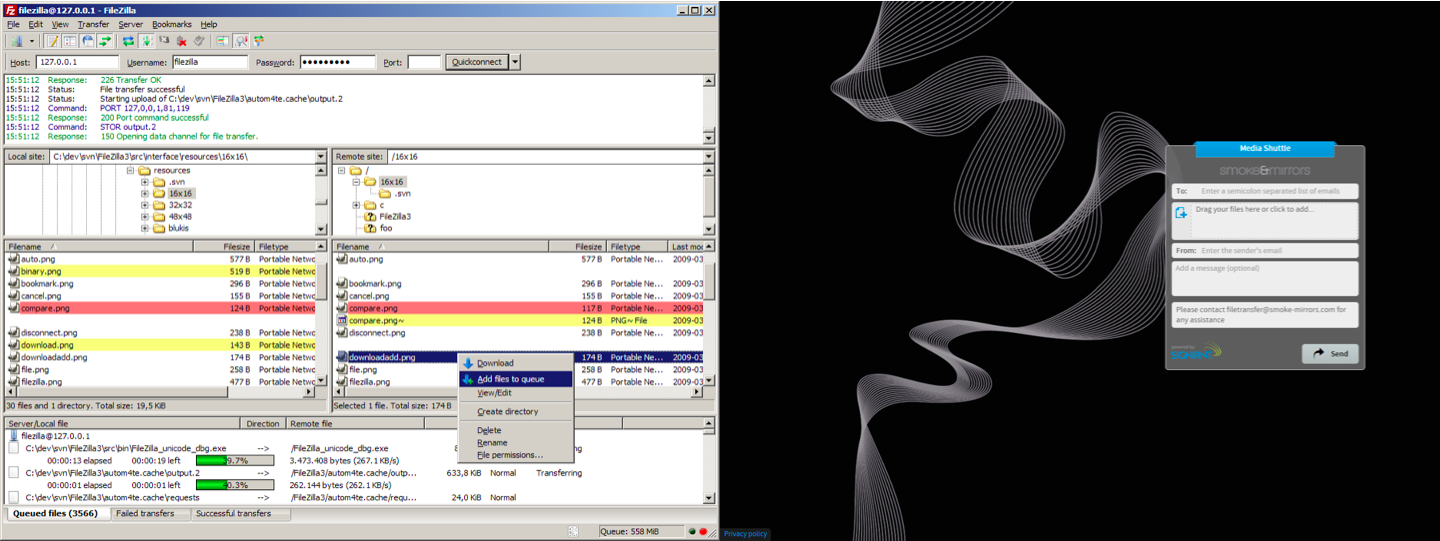Transferring large file sizes between people, systems or into and out of the cloud is becoming a business necessity in many data intensive industries. The size of files is continuing to grow along with improved imaging resolution and capture technology, and businesses are struggling to find a large file transfer option that scales to their business needs with security, speed and reliability. Most cloud-based transfer services have file size limits and are often built on slow and unreliable FTP-based infrastructures. For businesses that need to move more of their large files around the world, a reliable large file transfer software solution is a must.
Signiant has accelerated large file transfer software solutions for companies of every size. Industries like the entertainment and broadcasting industry are seeing their large files continuously move efficiently even as file sizes grow and workflows become more complex. Unlike FTP, your teams will get their large files fast and without disruption using Signiant’s scalable large file transfer software. Read more about large file transfer software and how Signiant is developing solutions to the growing needs of data intensive industries.
Visit Media Shuttle for more information about the easiest and most reliable way to send any size file, anywhere, fast.
Visit Flight for more information about moving large files into and out of the cloud.





